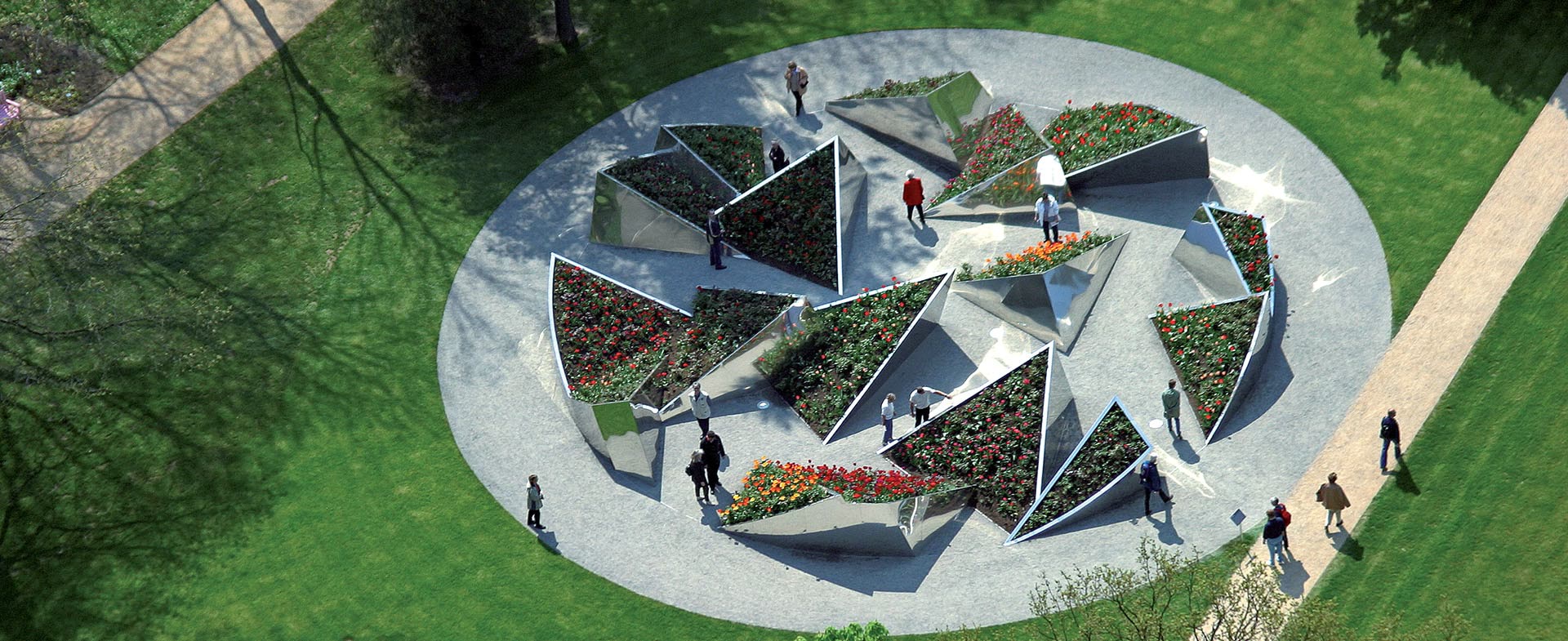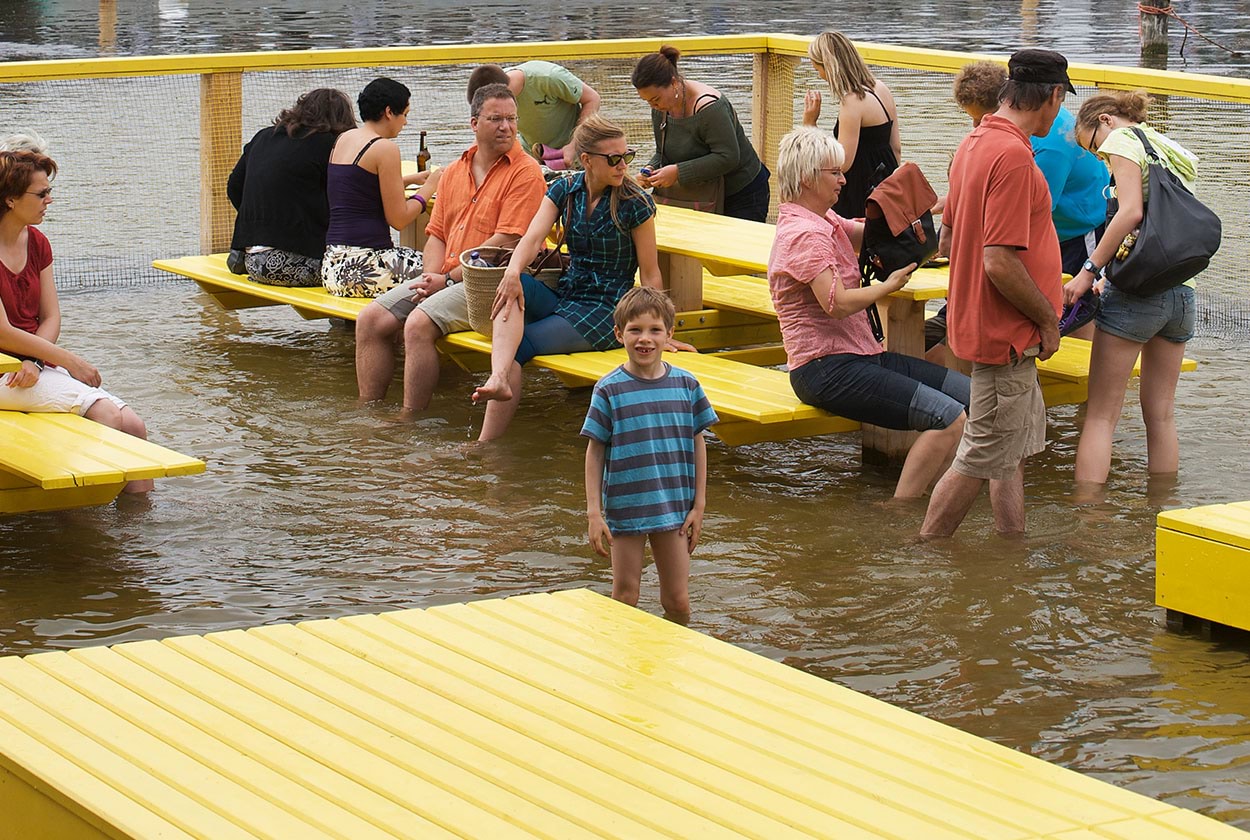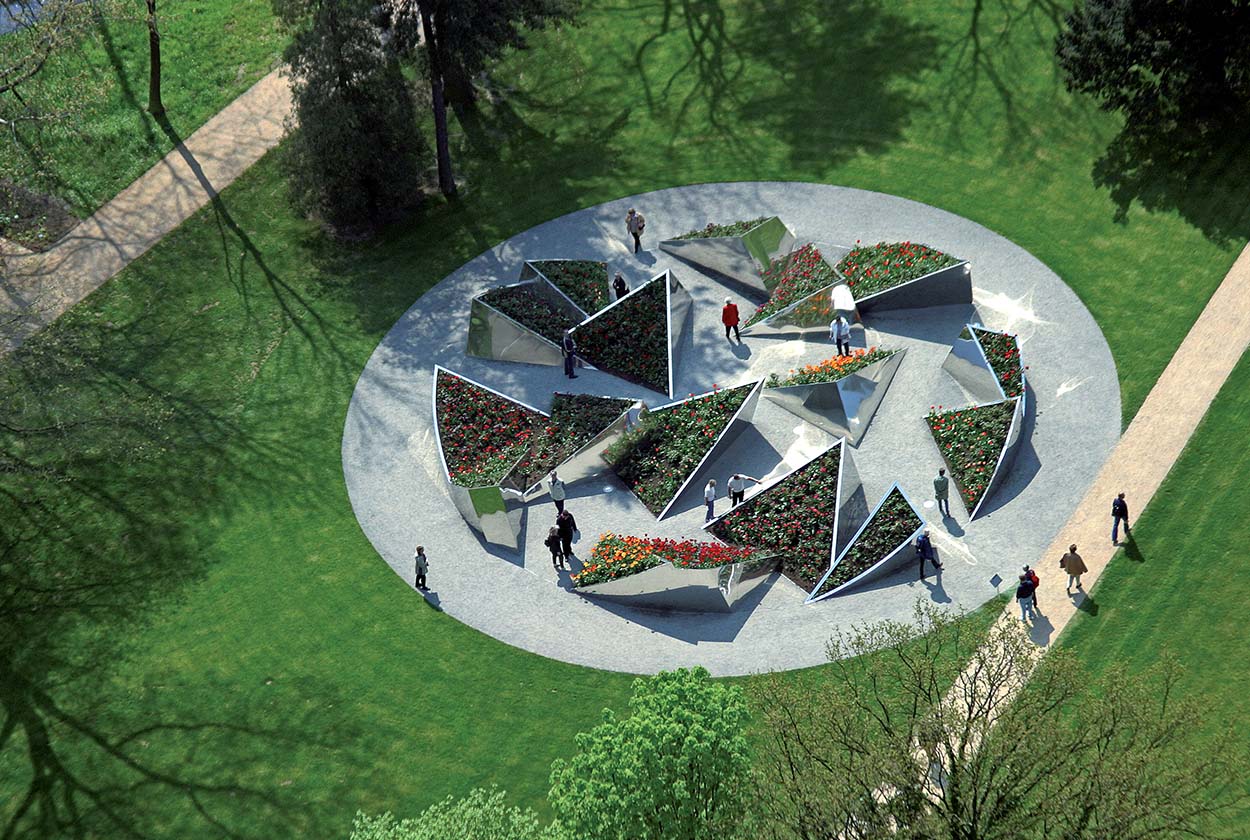

Spaces designed to act as urban theatres
Winning landscape architecture must be sustainable and take into account its social and natural context to generate emotions, social interactions and connections between the public and private sphere
The Argentinian-German architect shares his view on the role of open public spaces.
You work at the interface between landscape architecture and urban planning. How important do it is for residents to use open spaces, whether in cities or at holiday destinations? Has anything changed about this in recent years?
How important is the natural context in which a project is set for you?

An open space is like a modern Agorà, where people can meet, observe the world or live their daily lives. When you design such a space, you usually pay attention to the feelings and emotions of the people who pass through it. How do you manage to evoke emotions with your work?

In an increasingly fluid and dynamic world, how important is the permanence of the materials and the intervention itself for you?

What added value does a partnership with a material supplier bring to a landscape designer?
Close cooperation with manufacturers can be very valuable, as they have very detailed knowledge of current technological innovations and counsel over the properties and unique applications of materials. For this reason, we have maintained fruitful partnerships with some manufacturers for many years.
"Grow Together" is the theme of the 2023 Bergamo Landscape Festival. What does this event mean to you?
It was interesting for us to explore a direct translation of the theme with our concept, in the sense that we facilitate increasing greenery across the city. An important aspect and fascination of gardening lies in the fragility of what has been created, which has to be cultivated and cared for. In this sense, we did not want to create a temporary and disposable garden with our project, but to make a contribution to the discussion of sustainability issues beyond the duration of the festival. We would like to invite the visitors to let something permanent emerge from a temporary assembly, to let new green microcosms of the city grow simultaneously and to create additional vegetation for Bergamo over the long term. Plants offer a valuable opportunity to counteract the increasing urban heat island effect, contributing to the reduction of peak temperatures and thus to the climatic resilience of Bergamo.

In Bergamo, you will take care of the Piazza Vecchia. What particular themes are you working on?
In addition to the greening of the city, we see our project in the Piazza Vecchia as an interactive space that brings people together with a collective sense of social culture, allowing participants to "grow together" on a further level. Our sculpture - a seating pyramid that functions as "urban sofa" - is shared by residents and tourists alike. With the gradual dispersal of the plants, more and more space is consequently created for visitors to linger and come together. For the duration of the festival, this will create a communal "living room" for Bergamo. Beyond the aspects of climate and sustainability addressed with the greenery, the inhabitable sculpture functions as a healing contribution on a psycho-social level for the city, which was particularly hard-hit by the consequences of the Covid-19 pandemic.
MARTIN REIN-CANO
The son of a Spanish mother and a father of He- brew-Lithuanian descent, both of whom immigrated to Argentina, Martin Rein-Cano was born in 1967 in Buenos Aires where he lived until the age of 12. He then moved to Frankfurt and, at university, studied art history before discovering landscape architecture and moving to Hannover and San Francisco. In 1996, he founded his landscape architecture firm, Topotek 1, in Berlin. Since then, he has won numerous awards, such as 1st Prize for German Landscape Architecture in 2015. He regularly teaches courses at European and North American uni- versities and is often a member of the panel of judges for international architecture awards. Next September he will be in Bergamo for the 2023 Landscape Festival with a lectio magistralis and a project designed for Piazza Vecchia.
2023 BERGAMO LANDSCAPE FESTIVAL
The «Landscape Festival» is an event of international importance dedicated to the promotion of landscape culture which has been taking place in Bergamo since 2011. Recognized as a unique event at the forefront in Europe for vision, contents and format, the festival is organized by the non-profit association Arketipos with Bergamo Commission of the Landscape Festival is made up of prominent names in the field of architecture and landscape. The theme of this year’s edition will be “Grow Together – Growing Together”. Several exhibitions and other initiatives within the framework of the festival will also take place in the city of Brescia as both Bergamo and Brescia are Italy’s Capital of Culture this year.






